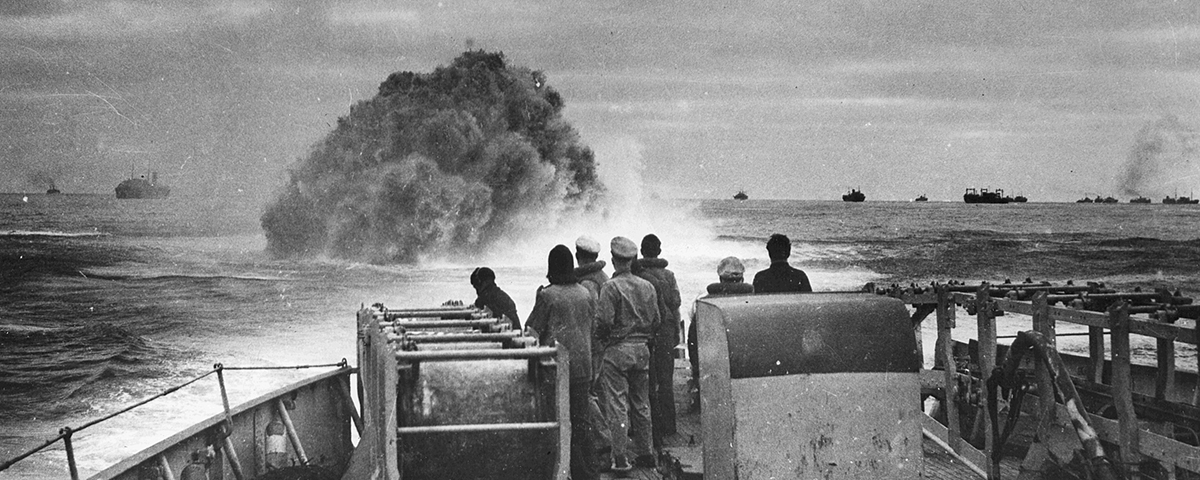One was swift and high-level support for establishment of an American OR group modeled almost exactly on the British group. Capt. Wilder Baker, who had been appointed by King to head a small unit in Boston to coordinate antisubmarine operations, had already spent two months in Britain trying to glean what he could from British experience; while there he had met Blackett, and on his return he had summoned Philip Morse (whom he knew from work Morse had done on underwater acoustics) to see if he would be interested in starting a similar group of scientific experts here.
Morse agreed at once, but recruiting turned out to be a huge challenge. It was late in the game and many top scientists had already been snapped up for other secret war projects involving radar, rockets, and the atomic bomb. But Morse personally knew most of the physical scientists who had graduated from MIT and Harvard in the previous decade and had a wide acquaintance that extended to other top scientific schools—Caltech, Princeton, and Berkeley. Shamelessly poaching from other projects, Morse recruited a half dozen colleagues in two months.
Moving to Washington in June 1942 and rechristened ASWORG (Anti-Submarine Warfare Operations Research Group), the group was now directly attached to King’s staff, a stunning reversal of precedent for the U.S. Navy, which traditionally had fiercely resisted giving even the smallest measure of authority to civilians. But a culture clash was still unavoidable. As Morse recalled, “We were…an innocent bunch of academics within a tight military hierarchy engaged in a life-or-death task.” The navy officers never seemed to know “whether to ask us or order us to do things,” or whether the scientists were the equivalent of “officers or ordinary seamen.”
Their first meeting underscored the gulf of worldviews between the scientists and the military men. “We were shown a room full of reports of all actions by or against enemy submarines, real or imagined,” Morse wrote. “I suppose we were expected to file quietly in, studiously digest all the reports, and once in a while emerge to deliver some oracular pronouncement, which would then be implemented by the officers—providing they agreed with us.”
The scientists rebelled at once. Morse had deliberately selected them because they were theoretically inclined, and they all declared that the first thing they wanted to do was work out some mathematical formulas to calculate the probability that an airplane would find a U-boat given all the relevant factors. Only then could they make recommendations on how to up the odds by adjusting search patterns and other tactics.
“It must have seemed like procrastination to the officers,” Morse recalled, “but they weren’t sure how far they could order us around.” And so the scientists took the bit in their teeth, “went into a one-week huddle,” Morse said, and worked out a mathematical theory of U-boat search.
Then they compared their theoretical calculation of the number of U-boats that should have been spotted to pilots’ reports on how many were spotted. And when the numbers did not jibe, “our reaction to this disheartening discovery was unanimous,” Morse said. “We believed our theory, we didn’t believe the reports.”





